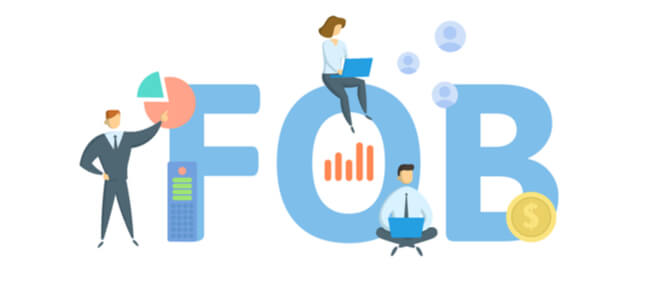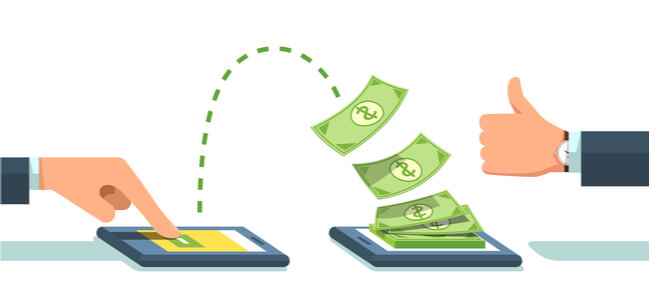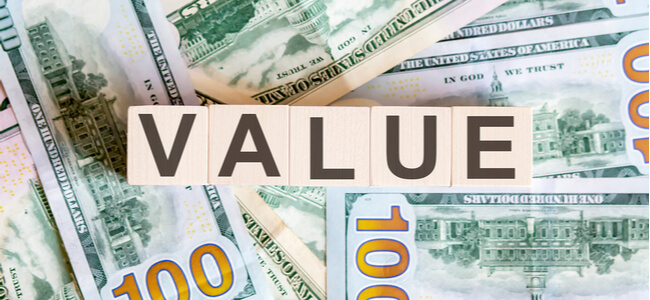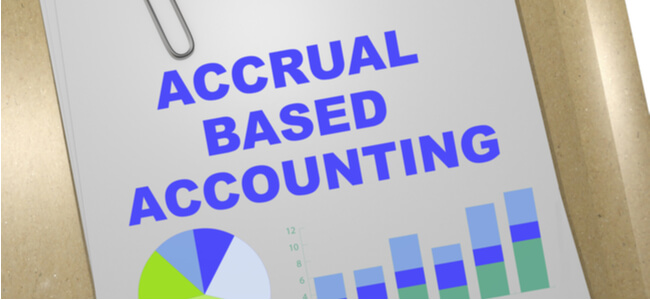What Is Blockchain Invoicing? How Does It Compare With Electronic Invoicing

Blockchain invoicing has recently emerged as a potent force changing the entire dynamics of the invoicing world as we know it. In March 2019, China achieved a monumental breakthrough by introducing the first-of-its-kind rail transit invoice issued via blockchain in Futian Metro Station. Since then, the country processes around 170,000 invoices of this type every day.
The incentives for transferring invoicing over blockchain resided in the reduction of time and costs previously required to print these invoices. Once transferred over blockchain, the invoices are interminably preserved and made accessible to anyone. Blockchain’s applicability in the invoice domain is now an accessible service. Following Shenzhen, other Chinese cities also introduced Blockchain invoicing, making the country a leading hub of blockchain technology.
Blockchain Invoicing
To understand the concept behind blockchain invoicing, you first need to familiarize yourself with blockchain technology. When thinking about blockchain, you must think about a ledger or a company’s database which not only stores the data but also makes it accessible to all the users. Any changes made to the data are visible to every user in real-time, making the whole arrangement highly transparent and secure.
Blockchain invoicing is where the blockchain technology and e-invoicing combine to form a fully accessible invoicing chain. It’s a shared invoicing platform that can be constantly replicated, validated, and updated across all user networks.
Blockchain e-invoicing makes the entire process more auditable and transparent. The record of transactions between two parties containing the invoicing date, value exchange, and other pertinent details is immediately transferred to the blockchain platform where it’s permanently secured and preserved.
With this technology, the entire invoicing dynamic has become better-organized. Static and immutable, once these invoices are appended to a blockchain platform, they can be accessed to check payment status. Moreover, invoicing experts are confident in the potential that blockchain invoice financing can deliver for businesses and several companies have already unveiled solutions in this arena.
E-invoicing Vs Blockchain Invoicing
Critics maintain that blockchain’s revolutionary finance management tools aren’t all that different from what e-invoicing already offers. On-chain invoice delivery, inspection, and approval by the billing parties along with invoice storage and reimbursement by the recipients are functions that e-invoicing can also perform.
Similarly, paperless tax management is not new to invoicing software users. The fact that, with blockchain, taxpayers will no longer be required to go through the entire payment verification process is an advantage that e-invoicing first offered. So what’s the difference?
While e-invoicing can perform around 90% of the functions that users achieve via invoice processing with blockchain, there’s still some advantage exclusive to the latter. Most of these have to do with tax supervision.
With current electronic invoicing, the information procured is not dynamic enough to help a supervision unit track the invoice back to the owner. Blockchain makes this possible while allowing users to draw out other related information about the source, validity, and reimbursement.
Advantages And Disadvantages With Blockchain Invoicing
Blockchain’s distributed invoice storage platform can revolutionize the invoicing process and gain massive trust, particularly in the taxation department.
Advantages of Blockchain Invoicing
- The automated trust earned by blockchain’s validated transactions is a great advantage that comes with technology-based invoicing for small businesses
- In numerous instances, blockchain can reduce the purchase-to-pay cycle of B2B and other transactions to real-time
- Businesses that have adopted blockchain can leverage the platform’s instantaneous production and streamlining ability to increase efficiency
- Blockchain offers detailed invoice data for supervision. Modifications made to the invoices are permanently recorded with the information of the modifier. Supervising units can instantly track who’s modified what, eliminating any need for intermediary disclosures
- Transparent accessibility also eliminates the need for invoicing via multiple accounting layers making the process speedier
- Multidimensional information recorded on blockchain grants tax supervisors key insights into an enterprise’s tax records
Disadvantages of Blockchain Invoicing
- Incorporating blockchain invoice financing may be a tad bit trickier for businesses
- Experts believe that it’ll be a matter of years before business owners and individuals will sufficiently warm up to the idea of incorporating blockchain
- Businesses must incorporate invoicing software to understand the efficiency and potential of this technology before they can take on the blockchain
- Enterprises that are against the idea of disclosing crucial tax information have a motive to not indulge in invoicing using blockchain
Conclusion
Blockchain invoicing has the potential to transform the current landscape of e-invoicing for improved end-to-end operations. Although the concept is still relatively fresh, experts believe that in a few years, blockchains will gain massive popularity and trust, especially with tax authorities. This is because the technology offers across-the-network accessibility to shared invoices that takes transparency to a whole different level.










